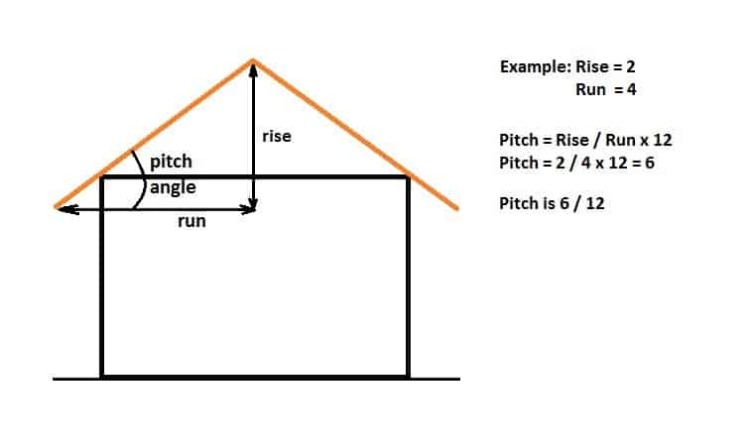Roof construction is a fundamental aspect of building design, and ensuring roof pitch safety is vital for both worker welfare and overall structural integrity. This essential factor affects various elements including the type of roofing materials used and the installation techniques employed.
Understanding Roof Pitch
The term “roof pitch” refers to the slope or steepness of a roof, usually expressed as a ratio comparing the rise over the run. A steeper pitch allows for better water runoff, while a gentler pitch may be easier to walk on but could be more susceptible to water pooling and leaks.
Importance of Roof Pitch Safety
Ensuring roof pitch safety involves implementing measures that protect both workers and the structural aspects of the building. For instance:
- Worker Safety: Steep pitches necessitate the use of fall protection systems to prevent accidents.
- Material Handling: Appropriate measures need to be in place to handle materials safely on a sloped surface.
- Weather Considerations: Weather conditions like rain, snow, or high winds can make working on angled roofs more dangerous.
Essential Safety Measures
- Fall Protection Systems: Utilize safety harnesses, guardrails, and safety nets to prevent falls.
- Training: Ensure that workers are properly trained in working at heights and understand the particular hazards of steep pitches.
- Equipment Safety: Use appropriate roofing shoes and ladders designed for sloped surfaces.
- Weather Monitoring: Be vigilant about weather forecasts to avoid adverse conditions during roof work.
Frequently Asked Questions (FAQs)
1. Why is roof pitch important?
A proper understanding of roof pitch safety is essential for efficient water drainage and structural stability. It also impacts the type of materials that can be used and the installation methods.
2. What are some common roof pitches?
Common roof pitches range from a shallow 2:12 to a steep 12:12. The numbers represent the rise over a 12-inch run.
Read more about Work environment safety here.
3. How can I ensure my workers are safe on steeply pitched roofs?
Implement fall protection systems, provide thorough training, and use equipment designed for steep slopes to maximize worker safety.
4. What should I do if the weather turns bad during roof work?
Immediately cease all roofing activities and ensure that all workers are safely off the roof. Resume work only when conditions are safe again.
Prioritizing roof pitch safety is not just a regulatory requirement but also a critical component of responsible construction practices. Following the above guidelines aids in creating a safer work environment and ensures the longevity and reliability of the roofing structure.

Leave a Reply